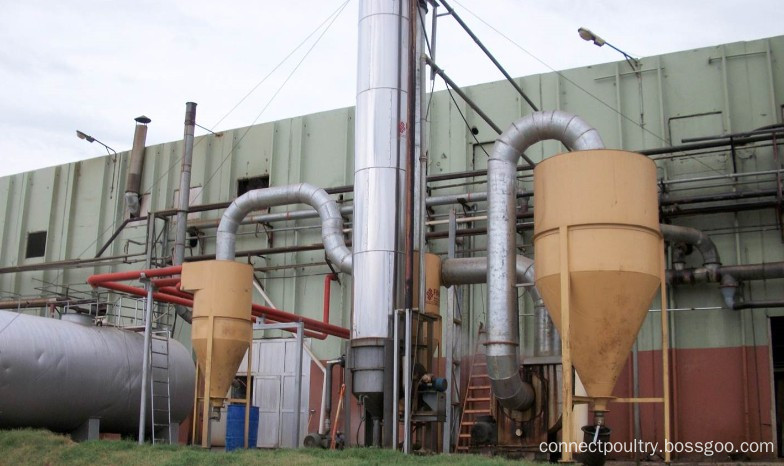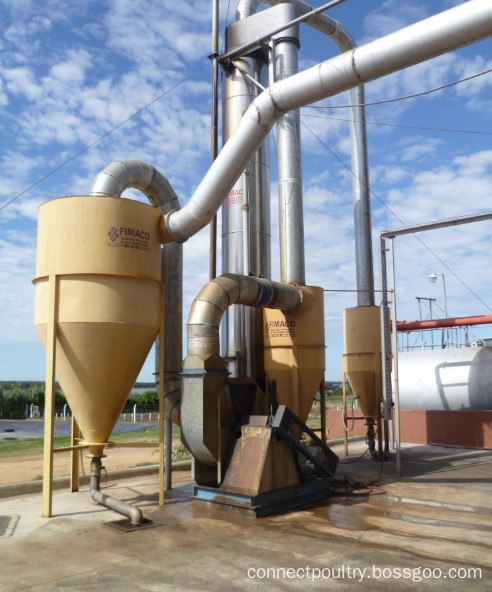With the development of LED in UVC spectroscopy, LEDs can also be used for sterilization and disinfection in the future, replacing traditional UV lamps. LED bulbs can develop visible and invisible LED bulbs by adjusting the chip wavelength, among which UV LEDs become one of the development drivers of UV lamps due to lower overall cost. Industry experts estimate that the compound annual growth rate of the UV lamp market will reach 13.32% between 2017 and 2021. Traditional UV lamps have space and light limitations, require another lens to aid adjustment, and traditional UV lamps mostly contain mercury, while UV LEDs have a long life, small size, uniform light output and power savings, even at initial cost. High, but can save up to 50% of maintenance costs, which in turn reduces overall costs. Ultraviolet light is invisible light with a wavelength between 100 and 400 nm. It is widely used in sterilization, 3D printing, medical and curing technologies, and is widely distributed in the market. At present, the commercial development of UV LEDs is mostly from 365 nm to 400 nm. It belongs to the longer wavelength UVA spectrum and is used to cure adhesives. It is often used in consumer electronics and disposable medical products. With the development of LED in UVC spectroscopy, LEDs can also be used for sterilization and disinfection in the future, replacing traditional UV lamps. UVC LED instruments do not need to operate in an ozone environment, save power and miniaturization, and have higher freedom in product design. UVC LED lamps can be carried in the future, and can even be embedded in other devices, and can be disinfected in a few seconds. For laboratories or hospitals with small spaces, the area of ​​use and overall cost can be greatly reduced. However, the current UVC LED bulbs must first solve the problem of heat dissipation. At present, the conversion rate of UVC LEDs is only 5%, and the remaining 95% are converted into heat energy, which will cause the LED chips to overheat and fail, which will also damage their life and light output.
Odor System
The raw material of poultry and animal wastes after cooking in batch cooker and cooked meal dried in Dryer, it generates any odor from the whole process, when the odor released from batch cooker and dryer, first it goes into Dust collector which to collect the meal which release with odor in catcher, and then the odor go to condensor which most of odor condensed , and the odor which not condensed goes to chemical washing tower , during these processing, the odor complete remove and reach to the air releasing standard. Connect Odor Treatment system help you get environmental protect solution for your rendering plant. No any odor release from your plant.
It including the following equipment to process odor
First: Water-cooled condenser
Functions:
Water-cooled condenser take water as cooling medium to remove condensation heat by raising temperature of water.
Feathers:
1. There is no strick requirement on water quality,generally water can be used as cooling water. The cooling water flow fast
2. It is easy to remove pipe scale, not need to stop the working of refrigeration system.
Second: Open Model condenser
Functions: Water-cooled condenser take water as cooling medium to remove condensation heat by raising temperature of water.
Feathers:
3. There is no strick requirement on water quality,generally water can be used as cooling water. The cooling water flow fast
4. It is easy to remove pipe scale, not need to stop the working of refrigeration system.





Odor System, Deodorizing System, Deodorize Equipment
Connect Group For Poultry Project , https://www.connectpoultry.com




